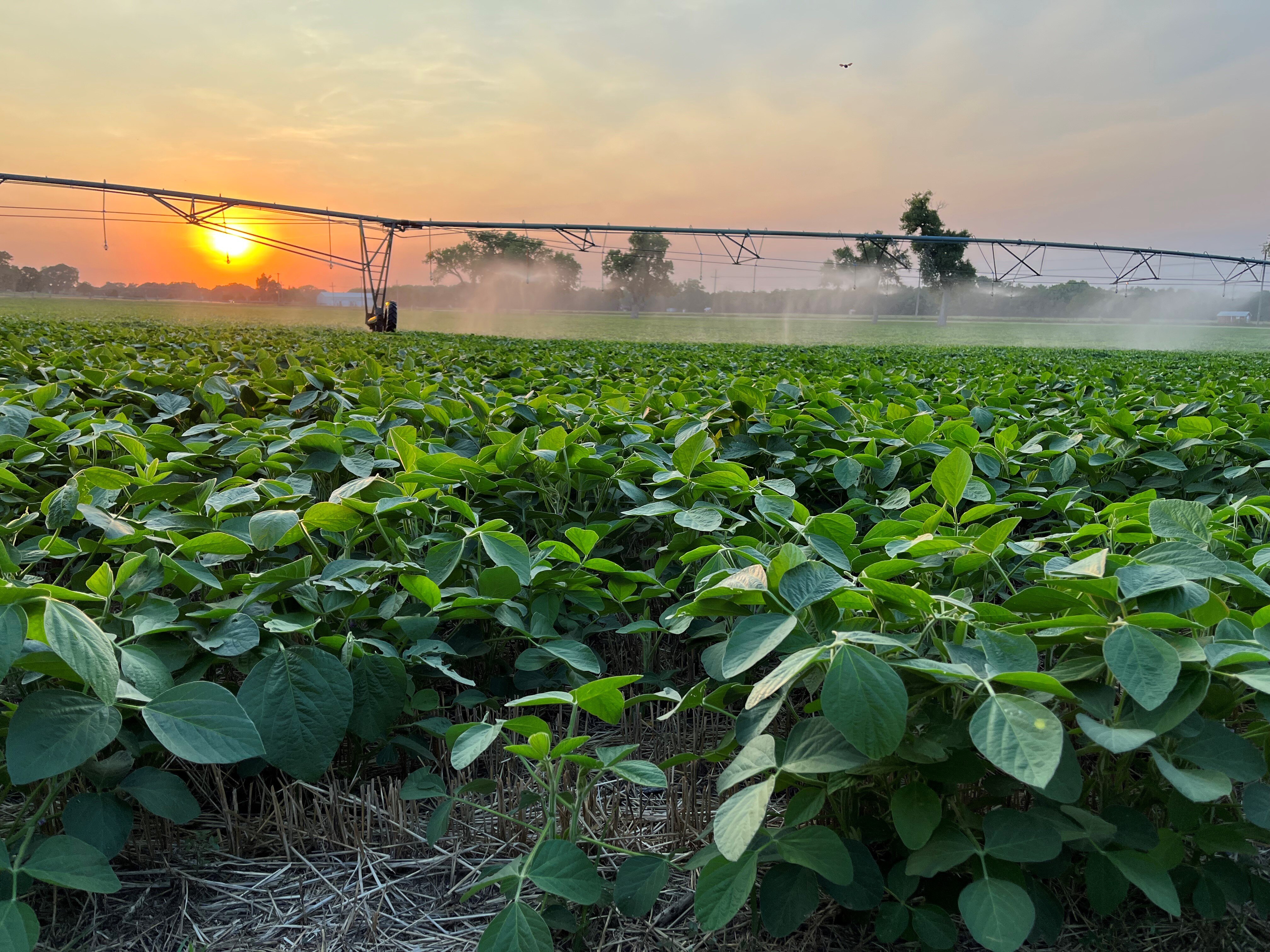Your farm faces many challenges today, including economic recession.
Farms today are forced to manage many challenges, including an economic recession, growing pains, time restraints, and increases in prices of chemicals, fertilizers, and seed. However, there are still many steps farm owners can take to increase their profitability, regardless of economic conditions.
Here are 8 best practices for increasing farm profitability by reducing costs and increasing revenue:
1. Reduce input costs.
Farm owners can reduce supply costs by working with vendors to improve contracts. When it comes to input costs, you must drive this expense, or the vendor will drive it for you. Trips, hats, or various other marketing items and activities may appear to be “free,” but they actually cost you in higher prices—without adding to your farm’s bottom line. Negotiate cutting out those extras, and don’t be reserved when approaching vendors for discounts. You can also reduce input costs by reducing the number of vendors you deal with. Find vendors who are willing to work with you on cost reductions without sacrificing quality.
2. Increase efficiency.
All farms can benefit from tightening up their efficiency when it comes to management decisions and operations activity.
Review decision-making processes for the farm for optimal performance. Group decisions may be slow in coming or not be made at all because everyone is not in agreement. Ag is rapidly changing, and farm operations need to adapt quickly to keep up. A structured and well-communicated decision-making process can promote quicker decisions while saving the family many frustrations.
Efficiency in operations requires clear direction and expectations. The key areas where farm owners struggle are communications, projected expectations, training, and organization.
3. Involve your staff.
Raise your hand if you struggle to find qualified employees who want to come work on the farm. There is a significant number of opportunities out there. Regardless of education or past experience, those who are willing to learn and apply themselves can make a decent living. In order to attract this kind of quality employee, you’ve got to be willing to provide ongoing opportunities through wages, benefits, and continuing education.
4. Outsource services.
During tough economic times, some farmers may benefit from outsourcing or partnering with other organizations for certain services, such as financial accounting, financial analysis, agronomy, HR, or business marketing.
Outsourcing certain services to more qualified and efficient providers can save you the cost of hiring a full-time employee while ensuring the farm has an expert to fill the need on the farm. There comes a point where we must admit we can’t hire enough people to do it all as effectively and economically as experts that can be found outside the farm.
Outsourcing is clearly a smart thing to do if a farm seeks to increase efficiency; however, the expert provider /outside resource must be more efficient and better qualified, and the cost must be reasonable. Often, farms outsource services such as human resources, accounting, information technology, and agronomy because they do not have the capital to invest in hiring expert employees or in training employees in all of these areas to the skill level needed. Decisions like outsourcing specified tasks to professionals can improve profitability in the long run by allowing farm owners to use funds for more profitable initiatives.
5. Collaborate with retiring operators.
Working with retiring operators is a win-win for both parties involved.
If a farm owner doesn’t have a next generation coming back to the farm and no one to pass it on to, that owner may desire to pass his/her farm on to someone who shares the same core values and commitment to care for the operation.
Operators nearing retirement may not have the desire to quit farming just yet, but they may want to slow down. Leveraging these opportunities could provide your operation with a part-time operator who has decades of experience and additional equipment that can add to your bottom line without incurring the capital restraints typically associated with expansion.
At the same time, you will be helping retiring producers feel valued and know their life’s work will live on in the hands of someone they trust.
6. Build awareness of your farm.
Educating people about your farm can increase profits. Making people aware of your farm’s values, stories, and purpose will attract quality employees, customers, landowners, and the general public.
Operations that grow by word of mouth are limited to their local or surrounding communities. This kind of “marketing” may have been enough in the past, but times have changed. Today, successful farming operations are building a presence in the online world.
As landlords age, it is important to see how members of the next generation of landowners are communicating. Generally, those who are 35 and younger will know who you are not because of information they heard in the community (at the local coffee shop or grocery store) but from your website or blog or on Google, Facebook, or LinkedIn. Don’t miss out because you are unfamiliar with these more modern tools. Get help from experts and the younger generation, and build your business marketing plan now.
7. Diversify.
Being diversified is not unknown in the ag community. However, many of the ways farmers diversified in the past have consolidated to the point where they provide only short bursts of opportunity with increased risk potential.
Look for unique ways to diversify in what the market needs—areas that will provide better control, increased upside potential, and less risk while providing a competitive advantage. Farm owners need to be careful to do their homework on the expected profitability and ROI for diversification, especially in a market where access to the funds required to invest in new service lines may be tight. Do your homework, get expert advice, plan well, and then diversify.
8. Renegotiate leases.
Along with employee compensation, land leases are one of a farmer’s highest costs. We all know we can improve profitability by regularly evaluating and renegotiating leases.
Operators must know how each lease agreement is impacting their business, and they must demand fair rents from landlords in order to remain profitable. In cases where landowners are unwilling to negotiate with you on leases, you need to be prepared to make a decision about renting that piece of land. Analyze current and potential future gain from that piece of land and make a strategic, fact-based decision.
Landlords typically understand that your relationship is a mutually beneficial one. In order to have solid negotiations with landowners, operators need to be able to provide solid information that shows financial data from the farms they rent. This will require collecting and analyzing data about the land, inputs, tillage, etc. Today there are many very good tools available to farmers that provide the means to collect data, generate reports, and provide analysis on which you can make sound managerial decisions.
Moving Ahead
Farmers who focus on these eight best practices are likely to see improvements in their profitability. Farm owners can benefit by using today’s economic conditions as a stimulus to improve their overarching approach to business, creating a more sustainable operation.
When commodity markets were high, farms had the luxury of being sloppy in some areas without feeling much impact. Now, we must invest time and detailed attention in the operation to create a solid basis for it to persevere and succeed in the long run.
Achieving solutions specific to your operation during lean times to improve profitability will have long-lasting effects, benefitting the farm’s bottom line well after more profitable times return.
Looking for more tips to enhance your farm’s profitability? Contact the professionals at UnCommon Farms. We are here to help you outline your specific challenges and top level goals. Also, don’t forget to take advantage of our free resources to gain more insider knowledge for improving your farm in every area.



.png)
